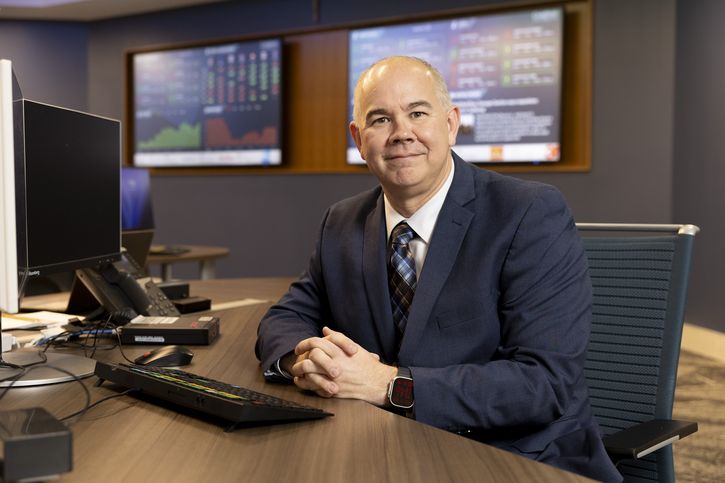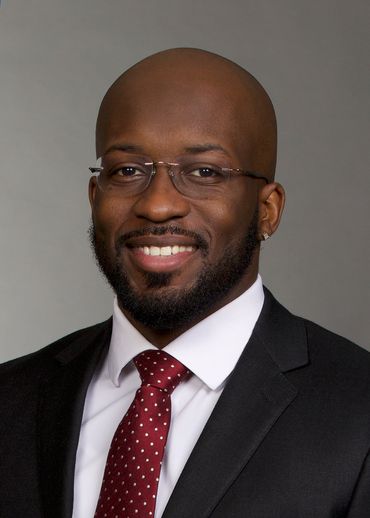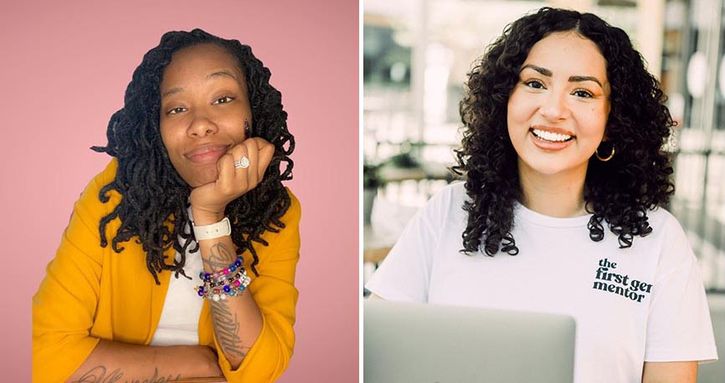As a member of Gen Z (the generation born between 1997 and 2012), Alyssa Gove has grown up with social media and everything that comes with it. Like many of her friends and classmates, the 19-year-old sophomore at Creighton University in Omaha frequently uses peer-to-peer (P2P) apps, mostly because of the convenience.
“If I go out for dinner with a friend and they cover the bill, I will Venmo them the amount that my meal cost,” Gove said. “Other times I will send payments to friends as gifts for a surprise ‘pick me up’ or in lieu of a birthday gift if they just requested cash. It's extremely convenient to not have to carry cash around with me.”
She also likes the social media aspect, which allows her to see her friends’ transactions and vice- versa, along with some commentary about the purchases.
“It's a nice touch, but not essential to its purpose, in my opinion,” she said. “I do think that the payment ‘reasons’ or labels are essential because it helps me remember why I sent or received money from someone. That part is essential, I would say.”
Sam Baird, a payments specialist at the Federal Reserve Bank of Kansas City, recently studied the popularity of such personal finance tools among young adults. His Payments System Research Briefing, “Social Media for Personal Finances: A New Trend for Millennials and Gen Z,” is available here. Baird said that, as part of Gen Z himself, he has seen the growing popularity of financial education on social media and the rise of “finfluencers” (financial influencers). He wanted to explore those trends further.
“This led to an interest in thinking about what the implications could be for these generations, as it relates to benefits and risks for consumers,” Baird said.
Baird cites a 2022 Consumer Reports survey showing that the share of consumers who have ever used a P2P app is significantly higher for younger generations (85 percent for those age 18–29 and 30–44) than for older generations (64 percent for those age 45–59 and 38 percent for those age 60 or over).

Finance professor Lee Dunham sees the growing appeal of social media apps but points out the lack of traditional consumer protections. Photo by Gary Barber
The comfort level
Lee Dunham, a finance professor at Creighton and department chair of Economics and Finance in the school’s Heider College of Business, is well aware of this trend. At Creighton, Dunham helped create the FinTech major, which combines traditional finance coursework with a technical background.
“I know of many students who basically use (P2P) as their checking account,” Dunham said. “The main benefit is convenience in my view, but the key risk is the likely lack of the typical consumer protections such as deposit insurance and fraud protections.”
Dunham discusses the pros and cons of mobile banking, lending, investing and insurance in his FinTech classes. He sees the trend continuing toward a higher market share for banking and investment services offered by fintechs at the expense of traditional financial services firms.
“The younger generation is highly linked to their mobile and tech devices, and the idea of going to a physical bank location does not cross their minds, at least for college students that I interact with every day,” Dunham said. “Many older folks want that personal relationship with someone when it comes to personal finances, but that is not the case with the younger generation.”
Millennial James Brown of Kansas City agrees. Brown, 31, who works as an analyst in the financial investment industry, said that because his generation grew up during the transition to widespread digital technology, it tends to be more adaptable and comfortable with using online financial tools compared to the older generations.
“Younger generations embrace these tools due to their familiarity with technology, growing up as digital natives,” Brown said. “The ease of use and accessibility of these apps align with the fast-paced, on-the-go lifestyle that many millennials and Gen Z individuals lead. The shift toward digital tools for financial management reflects the changing landscape of personal finance.”

Kansas City investment analyst James Brown, 31, is part of the millennial generation.
The risks: Beware what you share
Regardless of the app, First National Bank of Omaha executive Regina DeMars advises, users should understand the terms under which they are sharing data, understand who owns the technology and look up reviews to see whether there are any red flags from other users.
“Doing your due diligence before sharing sensitive information is important for electronic applications just as much as choosing your brick-and-mortar bank or financial advisor,” said DeMars, director of Content Marketing and Social Media at the bank. She said that using apps for personal finance can have benefits, such as the convenience, but users should always be aware of risks and keep a close eye on their accounts.
“Having financial information readily available on your mobile device is very convenient but could make it easier for others to access if you misplace your phone,” DeMars said. “It's essential to use these apps securely by enabling two-factor authentication, setting up strong PINs or passwords and being cautious when sharing personal information.”

Markia Brown, left, and Gigi Gonzalez are social media financial influencers—“finfluencers” for short. They help educate their followers about financial matters.
The ‘finfluencers’
At Creighton, Gove is studying finance and economics. In addition to her traditional academic work, she has learned about personal finance through finfluencers on TikTok and YouTube and appreciates the snippets of information that those platforms provide.
“I've learned so much about personal finance and investing from these types of (social media) accounts, and while I always do outside research, they have helped me learn how to manage my finances now and plan for the future,” Gove said. “That type of information is not nearly talked about enough, especially to young people in school, so I think these accounts are such a good way to educate young people on how to save and invest their money.”
One well-known finfluencer is Markia Brown, a certified financial education instructor who focuses on empowering young adults through financial knowledge. Based on the West Coast, Brown has more than 200,000 followers across various social media platforms. She said that most of them are Gen Zers and millennials who find such content easy to digest and relatable to their age groups.
“Before social media, the personal finance space was not as inclusive and diverse as now,” Brown said. “The information also wasn’t as easy to come across. Now, communities that were traditionally excluded from conversations about personal finance, like salary negotiations and investing, are not only able to access these conversations but actively participate and learn.”
Gigi Gonzalez, whose website “The First Gen Mentor” offers financial education, added: “(Young adults) are already spending the majority of their time scrolling on social media for entertainment or to connect with friends or community...Whether people like it or not, young folks trust social media influencers more than traditional institutions.”
Last year Brown and Gonzalez were featured panelists at the National Credit Union Association’s Annual Summit. In Brown’s presentations, she focuses on how she has used social media to provide financial education to minority underbanked communities. She doesn’t tell people what to do, she said, but rather aims to make people aware of possible outcomes so that they can make educated decisions.
“That includes risks,” Brown warned. “I have an entire playlist on TikTok dedicated to exposing poor credit advice and the people who give it, often outlining the consequences one can face for the actions described. Ignorance of the law is no excuse, and my platform ensures people are educated on consumer law topics or at least where to find more information on it.”
The outlook
As for future trends, personal finance tools and apps probably will become more personalized, said DeMars at First National Bank of Omaha. But she said it still will be up to the consumer to identify potential risks and always be cautious.
Baird, the Kansas City Fed payments specialist, added that in addition to the risks of combining personal finance and social media, misinformation associated with financial advice on social media will remain a risk for consumers.
Losses associated with payment apps have increased over the years, from $50 million in 2019 to $164 million in 2022, according to the Federal Trade Commission. Though not all of these losses resulted from social media, the FTC warns consumers that scammers can take advantage of people through P2P apps.
“It will be important for regulators to continue to monitor fraud via P2P payments and social commerce,” Baird said.
For Gen Zers like Gove, the bottom line is to educate yourself, know the risks and know whom to trust for financial advice.
“I think it’s important to do your own research, talk with family and friends, and even consult a professional if needed,” she said. “I think videos are great to get young people thinking about finance, but they definitely shouldn't be their sole source of financial advice.”
Read Sam Baird's full Payments System Research Briefing.
